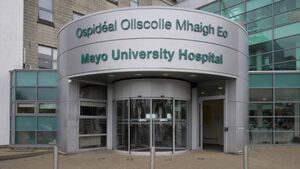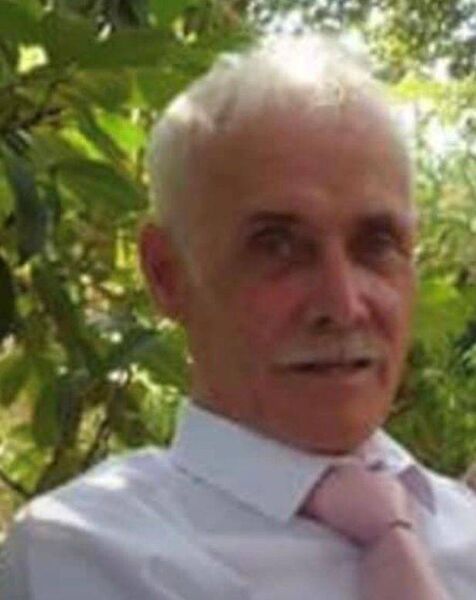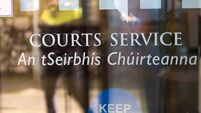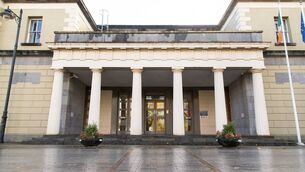MUH apologises to family over 'deviation of protocol' that led to death of Ballina man

Mayo University Hospital apologised for the 'deviation in protocol' that led to Mr Best's death.
The family of a Mayo man who died after a central venous catheter (CVC) was incorrectly removed in hospital has settled a High Court action.
Father and grandfather Martin Best, from Childers Heights, Ballina, was due to be discharged from Mayo University Hospital (MUH) when the CVC line, which had been present to administer medication, was taken out of his neck, while he was sitting up instead of lying down.
The family’s counsel Damien Higgins SC, instructed by David O’Malley of Callan Tansey Solicitors, told the High Court in Dublin that air went into the 67-year-old man’s system, travelled to his brain causing a catastrophic neurological injury and he died four days later on January 12, 2019, at the Castlebar hospital. Counsel said Mr Best should have been lying down when the CVC line was removed.
In a letter of apology read to the High Court, MUH accepted there was a deviation in protocol for the removal of CVC lines allowing Mr Best to sit up during the removal procedure.
It said it was also accepted that a coroner’s post-mortem, rather than a hospital post-mortem, should have been arranged following his death.
“These issues are deeply regretted and we wish to extend our sincere apologies to you and your family," MUH general manager Catherine Donohue said.
The hospital also offered sincere condolences to Mrs Best and the extended family.
Outside the Four Courts, Mr Best’s daughter Sharon said the settlement and apology were bittersweet for her family and it had been a very tough five years since the death of Mr Best.
“We now hope that every hospital in Ireland introduces this protocol for CVC removal and that it is continuously assessed so that nobody ever has to go through what we have had to go through,” she said.
Ms Best said the CVC line removal “sadly triggered“ her father’s death and while the family had got an apology from the hospital it was still very painful for them and they now have to learn to move on.
Her father was a generous, kind and warm-hearted man who “hadn’t a bad bone in his body". Breaking down in tears, she added: “He was coming home that day and he never came home.”
Mr Best’s wife, Geraldine Best, had sued the HSE over the death of her husband on January 12, 2019, and also for mental distress.

Mr Best who suffered from chronic lung disease, experienced breathing difficulties on December 29, 2018, and was brought to MUH. Investigations were carried out, including x-rays, and he was discharged home. However, the next day he was advised upon reviewing the x-rays that there was an area of clinical suspicion and further imaging was required.
On January 1, 2019, he became very breathless and he attended the hospital in the early hours where a CT scan was performed and he was admitted. His condition deteriorated when he developed respiratory failure in association with rapid atrial fibrillation. He was transferred to a critical care unit at the hospital and a CVC line was put in his neck as part of his treatment.
By January 4, his condition had improved to the extent that it was considered he was well enough to be discharged to a ward.
On January 8, 2019, the CVC line in his neck was removed and it is claimed that an air bubble in his vein was allowed to occur and he immediately collapsed. It was claimed he suffered a catastrophic neurological injury which ultimately and tragically led to his death four days later on January 12, 2019.
It was also claimed Mrs Best suffered nervous shock as a result of witnessing her husband in the hospital in a highly agitated distressed and terrified state between January 8 and his death on January 12, 2019.
In the proceedings, it was claimed there was a failure to remove the CVC line from his neck safely and in accordance with approved accepted or established procedures. It was also claimed an air bubble was allowed to occur in his blood circulatory system which embolised in his brain and caused him to suffer a catastrophic neurological injury that ultimately led to his death.
The details of the settlement are confidential and the case was before the court for the division of the statutory mental distress payment, known as the solatium payment, of €35,000.
Noting the settlement, Mr Justice Paul Coffey extended his deepest sympathy to Mrs Best and the extended family.





